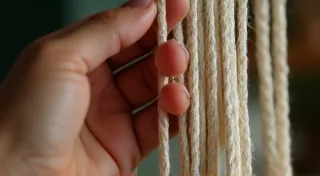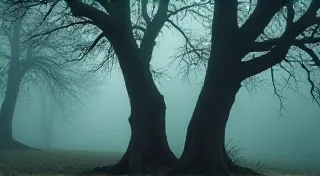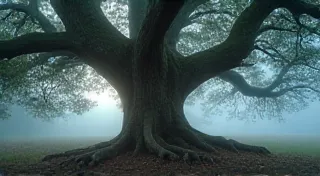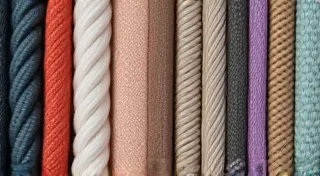The Unfurling Tapestry: Macrame as a Metaphor for Creative Resilience
There's a quiet reverence I feel when I hold an antique accordion. It’s not just the beauty of the polished wood, the intricate bellows, or the promise of a mournful waltz. It’s the history resonating within—the countless hands that coaxed melodies from its keys, the laughter and tears it has witnessed, the stories it carries. There’s a parallel there, I’ve realized, with the ancient art of macrame. Both embody persistence, a refusal to let complexity defeat beauty, and a profound connection to the enduring human need to create.
I stumbled into macrame somewhat unexpectedly. A friend gifted me some cord and a rudimentary tutorial, claiming it would be “therapeutic.” At the time, my writing career felt like an endless cycle of drafts, rejections, and self-doubt. The creative process, far from being a source of joy, had become a tangled mess, mirroring the knots I was attempting to learn. The initial frustration was palpable. My first few attempts at a simple square knot looked more like chaotic bird nests than anything remotely resembling intended design.
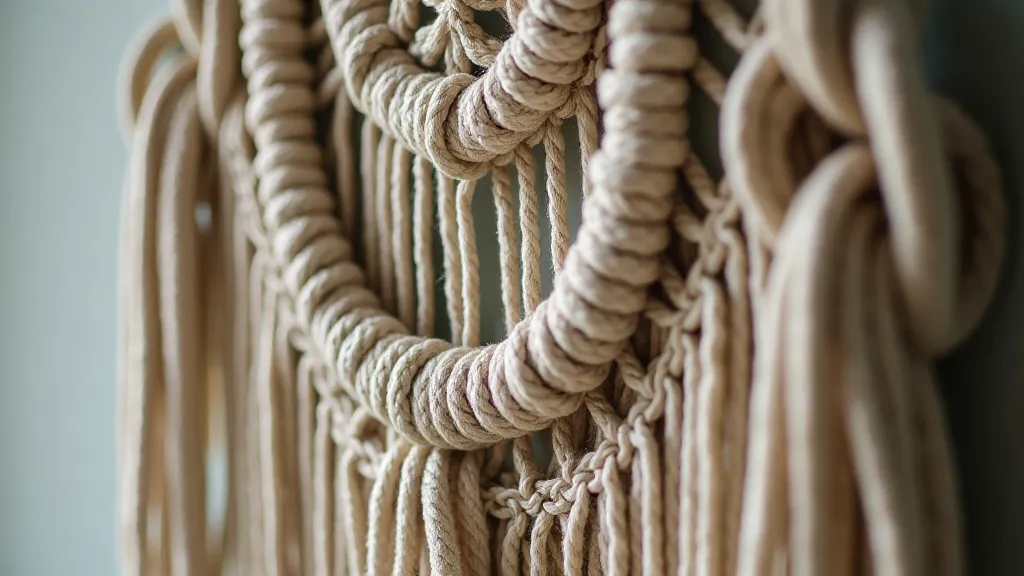
A History Woven in Cord
Macrame, you see, isn't some recent crafting fad. Its roots are ancient and far-reaching. Evidence suggests variations of knotting techniques have existed for millennia, employed by cultures across the globe – from the Chinese and Arab civilizations (where it was used for decorative fringes on clothing and religious texts) to the sailors of the 13th century who used it to create essential ship rigging and decorative items during long voyages. It experienced a significant revival in the 1970s, often associated with bohemian aesthetics and handmade goods. But its inherent beauty and practicality ensure its continued relevance.
What struck me as I began to understand the techniques was the almost meditative quality of the repetitive actions. Pulling, tightening, securing – each knot a small, manageable task contributing to a larger, increasingly complex form. It was a stark contrast to the overwhelming feeling of staring at a blank page, the weight of an entire story pressing down.
The Knot's Resilience: Finding Your Rhythm
The beauty of macrame lies not just in the final product—the wall hangings, plant holders, or even intricate jewelry—but in the process itself. Each knot, even a flawed one, contributes to the overall structure. There’s a forgiving quality to the medium. If you make a mistake, you can often unravel it and start again, learning from the previous attempt. This is a concept deeply applicable to writing. The first draft is rarely, if ever, the final word. Revisions, deletions, and re-writings are intrinsic to the craft.
Consider the “square knot,” a foundational knot in macrame. It’s deceptively simple, yet the precise tension and placement of each loop are crucial for a clean, even result. Too loose, and the knot unravels. Too tight, and it puckers. It’s a physical embodiment of the careful balance required in writing – the delicate interplay of word choice, sentence structure, and narrative flow. Just as I was meticulously tightening my cord, I realized I needed to be more deliberate in my editing process, scrutinizing each sentence, ensuring it served a purpose, contributing to the larger narrative arc.
The problem-solving involved in macrame is surprisingly engaging. A misplaced knot can throw off the entire pattern. You have to analyze the situation, backtrack, and adjust accordingly. It’s a process of continuous assessment and adaptation – a skill that has proven invaluable in navigating the inevitable setbacks in a writing career. Rejection letters, critical reviews, and moments of creative block are all challenges that require a similar level of resilience and problem-solving.
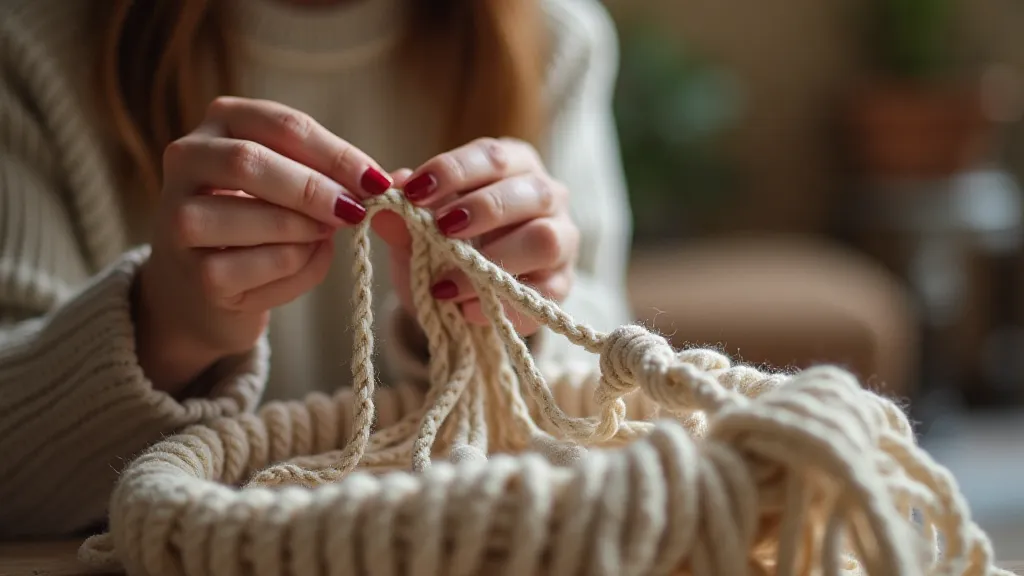
Beyond the Tangible: A Philosophy of Imperfection
Macrame, like writing, demands patience. It's not about instant gratification. It's about the journey, the learning, and the quiet satisfaction of creating something beautiful from humble materials. There’s a peculiar joy in witnessing the slow unfurling of a pattern, the gradual emergence of form from a tangle of cord. It’s a tangible representation of the creative process—the transformation of chaos into order.
What’s truly remarkable about both macrame and writing is their capacity to accommodate imperfection. A slightly uneven knot doesn’t ruin the piece; it adds character, a testament to the hand that made it. Similarly, a flawed sentence, a slightly awkward phrase—these aren't necessarily failures. They're opportunities for growth, for refinement, for embracing the inherent humanity of the creative act.
I’ve come to appreciate the parallels between these seemingly disparate crafts. Both offer a refuge from the relentless demands of perfectionism, a space to experiment, to make mistakes, and to learn from them. The repetitive motions of knotting become a form of meditation, a way to quiet the inner critic and reconnect with the simple pleasure of creation. The quiet rhythm of the cord mirroring the flow of words.
My writing career isn’t magically “fixed,” of course. Setbacks still occur, and self-doubt still creeps in. But now, when I face a daunting challenge, I often think back to the feel of the cord in my hands, the satisfaction of tightening a knot, the understanding that even a tangled mess can be transformed into something beautiful and enduring.
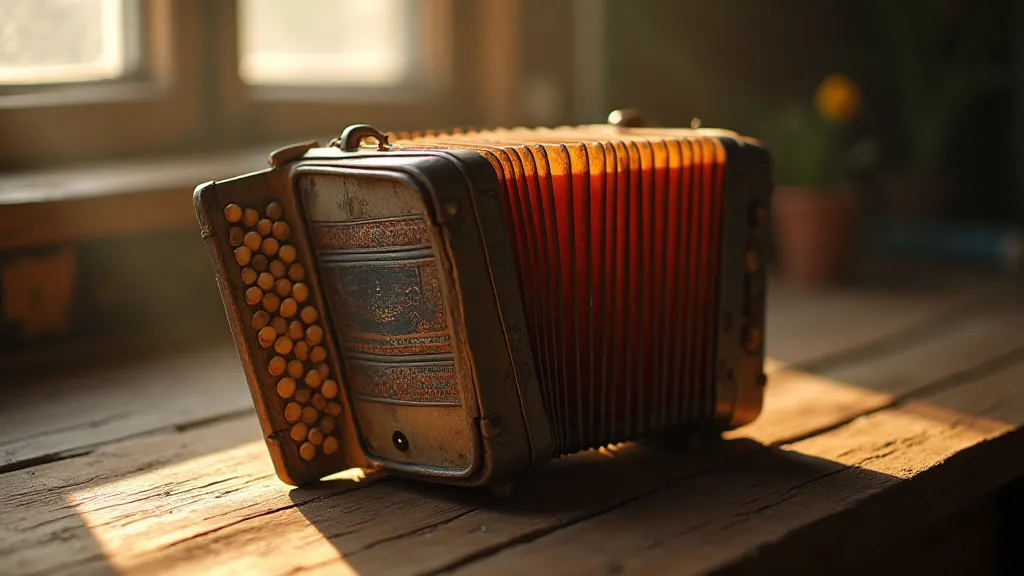
Collecting and Caring for Antique Accordions (A Brief Aside)
If you’re drawn to the beauty and history of antique accordions, collecting them can be a deeply rewarding pursuit. However, they often require some care and attention. The bellows are particularly vulnerable to cracking and leaking, and the keys can become sticky or unresponsive. Gentle cleaning, proper storage (avoiding extreme temperatures and humidity), and occasional servicing by a qualified repair technician can help preserve these instruments for generations to come. There’s a community of passionate collectors and restorers who are eager to share their knowledge and expertise.
The enduring appeal of macrame and the echoes of history emanating from an antique accordion—they both serve as potent reminders that creativity is not about flawless execution, but about perseverance, resilience, and the transformative power of the human spirit.
